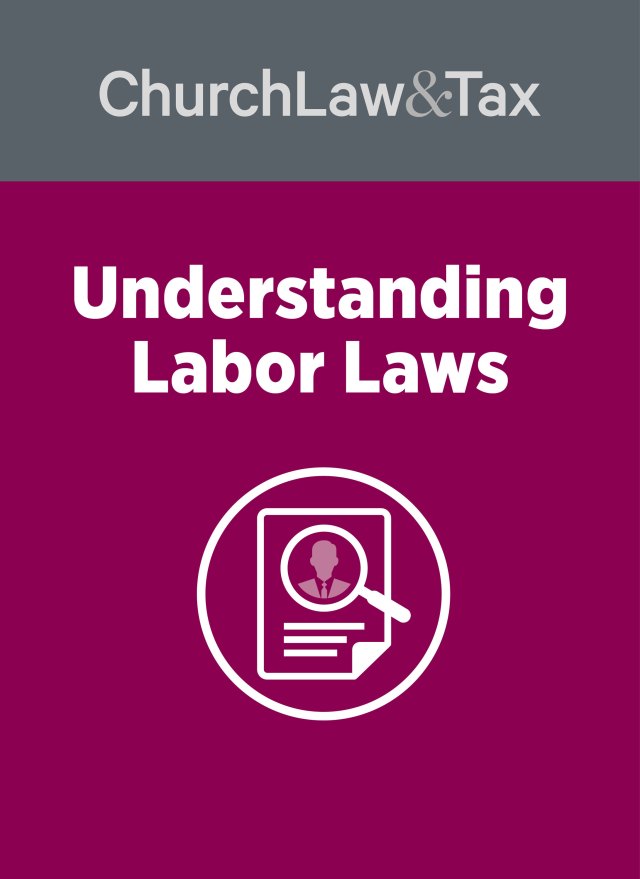Form I-9 Changes in January 2017
Recently the US Citizenship and Immigration Services (USCIS) released a new version of its Form I-9, the Employment Eligibility Verification form, and required US employers to begin using the new Form I-9 by January 22, 2017. Currently, US Immigration and Customs Enforcement conduct thousands of I-9 employer audits annually, and immigration enforcement is anticipated to increase in the new presidential administration.
The new Form I-9 clarifies what information is needed to make the form easier to fill out electronically. Completing the Form I-9 electronically will require downloading the latest version of Adobe Reader. However, Form I-9s completed electronically will still need to be printed and signed by the employee and/or employer agent by hand. Enhancements for easier completion of the form include the addition of prompts to help ensure that information is entered properly, drop-down lists and calendars for entering dates, on-screen instructions for each field, and easier access to the full instructions. Some other changes you may notice on the new I-9 include:
- A question regarding whether a preparer or translator was used
- Section 1, which now asks for “other last names used” rather than “other names used”
- Space to enter multiple preparers and translators
- A supplemental page for the preparer/translator
- Creation of a QR code once the Form I-9 is completed electronically
- A field to enter additional information such as E-Verify confirmation numbers, termination dates, and correction notes
- Separation of the full instructions from the form itself
- An option to clear the form and start over
I-9 Process
As has always been true, the 1986 Immigration Reform and Control Act (IRCA), prohibits employers from hiring employees, including US citizens, without first verifying their identity and checking that they have proper authorization to work in the United States. The new Form I-9 ensures that you have completed this necessary verification for all new hires. An infographic by the USCIS shows the proper timing and process for completing Form I-9s for each newly hired employee. Those steps in order are:
- Employee accepts offer for employment
- Employee completes Section 1 of the form no later than the first day of work for pay
- Employee gives documents and form to the employer
- Employer completes Section 2 of the form no later than the third business day the employee starts work for pay
- If the employee’s authorization for work expires, complete Section 3
- Potential Changes to R-1 (Religious Worker) Process and Approvals
- A note for those churches and nonprofits that wish to sponsor foreign nationals as religious workers in the United States:
- Recently, the way in which the USCIS has been managing the R-1 visa program has raised concern for religious organizations and churches, particularly those that are non-denominational.
- The R-1 Visa is granted to a foreign national that comes to the US temporarily to work as a minister or as a religious worker for a qualifying religious employer. The religious employer acts as sponsor for the worker, filing the necessary paperwork with the USCIS. The visa is not intended for secular members of the religious tradition but for workers who have devoted their lives to religious practice and function.
- In several cases, the USCIS has rejected R-1 visas to workers who are sponsored by non-denominational religious organizations, demanding such organizations produce a religious denomination certificate in order to qualify. This narrow position effectively excludes all unaffiliated and non-denominational religious organizations that are unable to demonstrate membership with a denomination.
- However, there are a limited number of cases that provide grounds to argue that the definition of a “religious organization” is broader than that which is utilized by the USCIS. For example, having a religious purpose stated in the articles of incorporation and bylaws, a clearly established religious identity and the carrying on of religious programs was considered evidence supporting a finding that an employer was a qualifying religious organization. However, these cases are not binding on an individual USCIS agent or the Administrative Appeals Office, meaning there is no guarantee they will adopt the broader definition.
- For this reason, if your religious organization or church is planning to sponsor a foreign religious worker through the R-1 process, it is important that your bylaws, constitution, articles of incorporation, and any other governing documents are up to date and clearly demonstrate your religious identity. Further, it may be appropriate to apply for status as a religious order, or find other ways to demonstrate your eligibility. (You can consult with Simms Showers LLP to navigate this challenging area of law.)
- Next Steps
- All nonprofits, churches, and for-profit businesses must use the new form starting January 1, 2017 to remain in compliance. You can access and download the new I-9 here. For R-1 visas for Religious Workers, if you are not a church you may need to be very careful how you fill out the application in light of recent rulings. You can contact qualified professionals, such as Simms Showers LLP, with any questions. Remember: churches need to fill Form I-9s out for every employee. The federal government will be watching.
- This article first appeared on SimmsShowers.com and is reprinted with permission.




